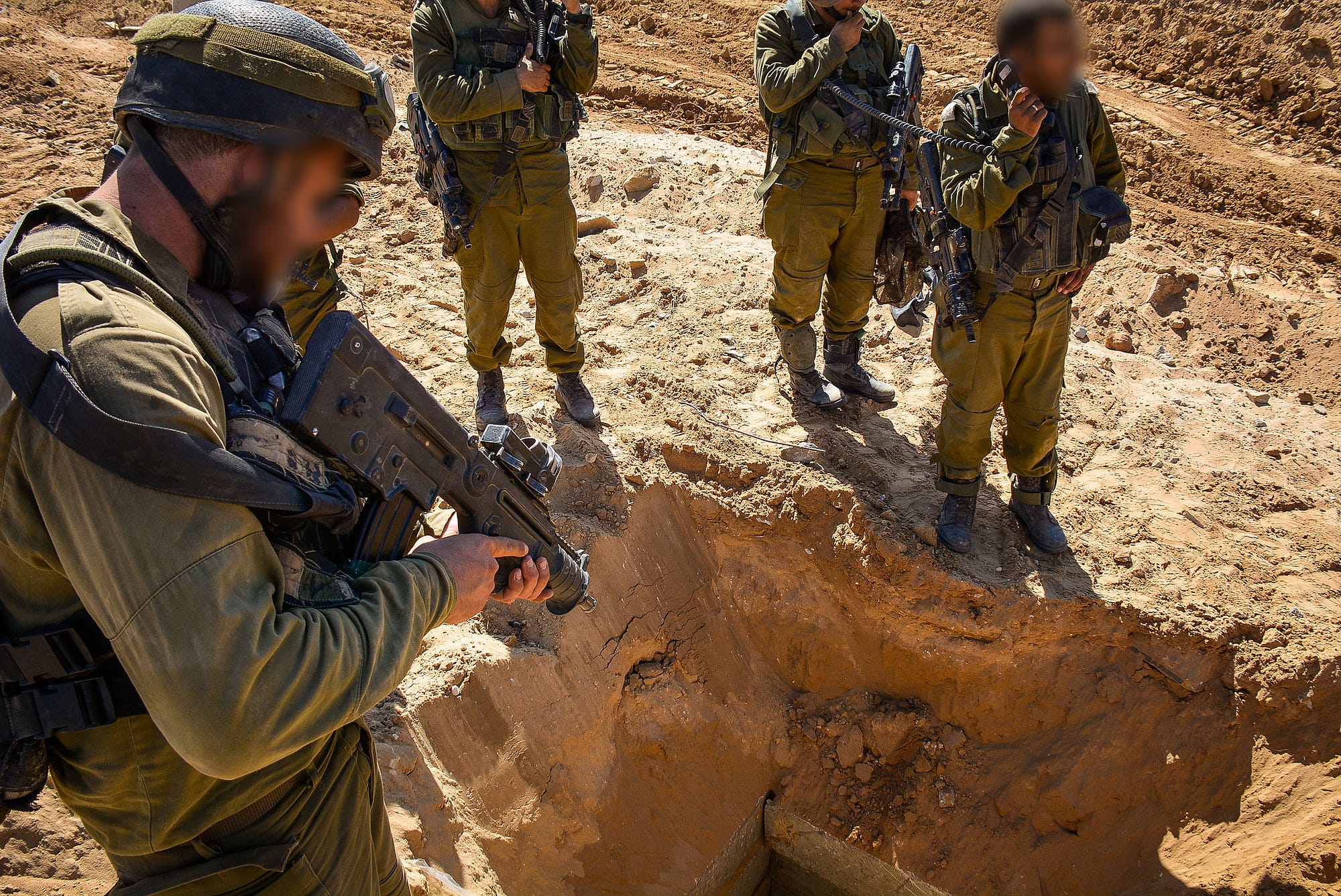Professor Bipan Chandra, the outstanding historian of modern India who passed away on August 30, did not just produce brilliant historical analyses based on research and erudition, but he also provided his readers with a whole new Weltanschauung, which reflected his unique intellectual position.
Nobody dwelt more passionately than Bipan, as he was universally called, on the grandeur of India’s anti-colonial struggle. In fact, he used to say that India achieving Independence was one of the three most significant events of the first half of the 20th century, the others being the Bolshevik and the Chinese Revolutions. But, in his intellectual engagement with the anti-colonial struggle, he was rather unique among his peers because he brought to it an unflinching Marxist perspective. At the same time, however, he was also unique among Marxists. His analysis of the anti-colonial struggle, and the significance he attached to 1947, which he saw as India’s “bourgeois revolution”, was very different from the position of several other Marxists, and of the Communist Party of India (Marxist). Bipan had a brief association with the CPI(M), whose programmatic understanding was that India’s bourgeois democratic revolution still needed to be completed. This difference never took the form of an antagonism vis-à-vis the party, but it was always there, as is evident, for instance, from E.M.S. Namboodiripad’s laudatory yet critical review of Bipan’s magnum opus, The Rise and Growth of Economic Nationalism in India, in the CPI(M)’s weekly journal, People’s Democracy.
Two kinds of criticism have usually been raised against Bipan’s intellectual position. First, he did not explore the dialectics between the anti-colonial struggle and the social emancipation struggle led by Phule, Periyar, Shri Narayana Guru, Ambedkar and others, implicitly privileging the former. This, however, is a criticism that can be levelled against a good deal of Left analysis and not just against Bipan alone. Second, he over-estimated the anti-imperialism of the Indian bourgeoisie, which is the standard criticism against him from many of his friends on the Left.
These, of course, are issues that would continue to be debated. But even Bipan’s critics would agree that the position he took sprang from a view, which accorded centrality to the phenomenon of imperialism. This view perhaps also reflected the influence upon his thinking of Paul Baran, the renowned American Marxist economist, whose lectures Bipan had attended during his days at Stanford University. And with this perception of the centrality of imperialism one can scarcely disagree.




 Israeli troops at a tunnel entrance during Operation Protective Edge. IDF photo. At top—IDF artillery during the operation. IDF photo
Israeli troops at a tunnel entrance during Operation Protective Edge. IDF photo. At top—IDF artillery during the operation. IDF photo

